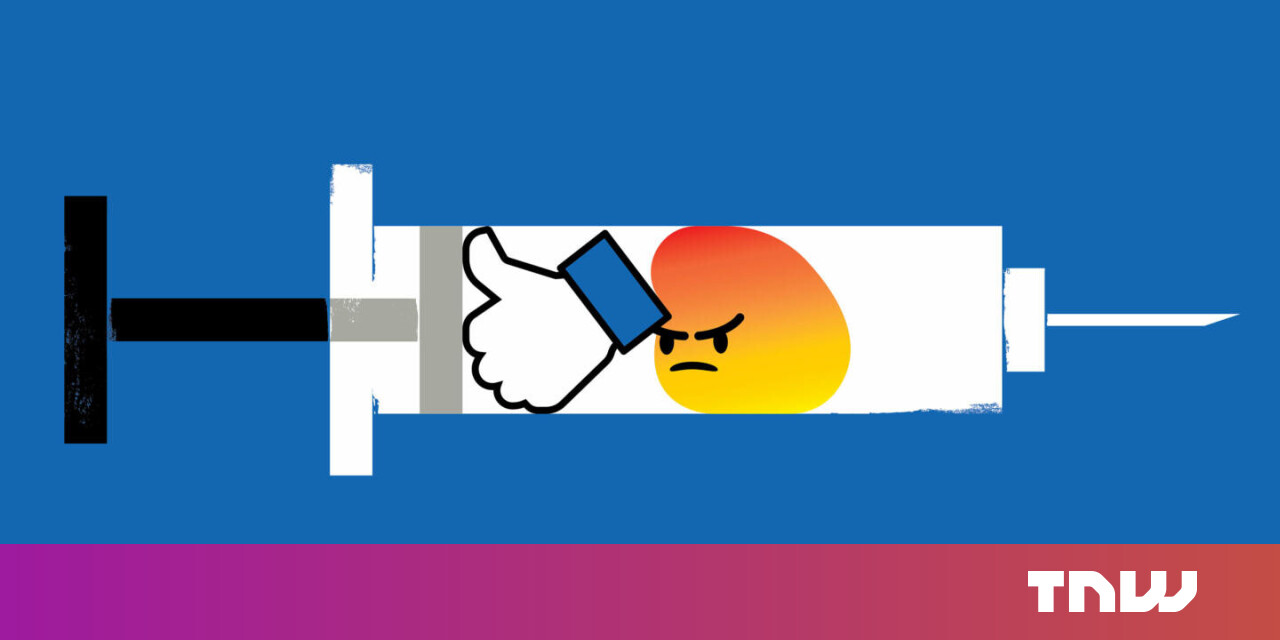#Explore Different Strategies to Monetize Your iOS Apps

Table of Contents
In the ever-evolving landscape of the digital world, iOS app development has emerged as a dominant force, transforming how we interact with technology and engage with businesses. With millions of apps populating the App Store, developers are not only striving to create user-friendly and innovative applications, but they’re also seeking ways to effectively monetize their creations. In this article, we will delve into the diverse strategies that iOS app developers and companies can employ to monetize their apps successfully.
1. Freemium Model
The freemium model is a widely used strategy in iOS app development. This approach involves offering a basic version of the app for free while providing advanced features or content as in-app purchases. This allows users to experience the core functionality of the app without any upfront cost and provides them the choice to upgrade for additional benefits. A prime example of this model is the gaming industry, where developers offer free downloads and then generate revenue from in-app purchases for virtual items, levels, or power-ups.
2. In-App Purchases
In-app purchases have become a significant revenue source for iOS app developers. Beyond the freemium model, in-app purchases can also be applied to paid apps, providing users with the option to buy additional content, features, or services. These purchases can range from consumables (virtual goods that can be used once) to non-consumables (permanent features or items) and subscriptions, which we will explore in the following sections.
3. Subscriptions
The subscription model has gained substantial traction in recent years, especially for apps that offer ongoing services or content. By providing users with valuable and continuously updated content, such as streaming media, premium news articles, or exclusive features, developers can secure a steady stream of income. The subscription model offers varying tiers, enticing users with additional benefits as they move up the ladder, resulting in increased revenue potential.
4. Paid Apps
While the prevalence of free apps has become the norm, paid apps are far from obsolete. Some users are willing to pay upfront for an app that promises exceptional value, quality, or a unique proposition. Developers who choose this strategy must ensure that their app justifies the price tag, delivering a polished and feature-rich experience that users won’t find elsewhere.
5. Advertising
Advertising remains a consistent method of monetization for iOS apps. Developers can integrate various types of ads, such as banners, interstitials, and rewarded videos, to display to users while they interact with the app. Careful consideration is necessary, as excessive or intrusive ads can lead to a poor user experience and potentially drive users away. Striking the right balance between generating ad revenue and maintaining user satisfaction is crucial.
6. Sponsorships and Partnerships
Collaborating with brands or companies for sponsorships and partnerships can offer a unique avenue for monetization. This strategy often aligns well with apps that have a specific niche or target audience. By integrating branded content, exclusive offers, or affiliate marketing, developers can tap into a new revenue stream while providing users with relevant and valuable content.
7. Data Monetization
In the age of data, user insights and analytics have gained immense value. Developers can anonymize and aggregate user data to extract valuable trends and patterns. Selling these insights to third-party companies in a privacy-conscious manner can create an additional income source. However, this approach requires careful consideration of privacy regulations and user consent.
8. Crowdfunding and Donations
For niche apps or apps that cater to specific communities, crowdfunding and donation models can be effective. By engaging directly with users and explaining the app’s value proposition, developers can encourage users to contribute financially to the app’s development and maintenance. Platforms like Kickstarter and Patreon have proven to be popular choices for such initiatives.
9. Limited-Time Offers and Discounts
Creating a sense of urgency through limited-time offers or discounts can incentivize users to make in-app purchases or upgrade to premium versions. By strategically implementing flash sales or time-bound promotions, developers can capitalize on users’ fear of missing out and drive revenue during specific periods.
10. Localized Pricing Strategies
The global reach of the App Store means that different regions have different purchasing power. Implementing localized pricing strategies based on regional economic conditions can optimize revenue potential. Dynamic pricing, where the app’s price adjusts based on factors such as exchange rates and purchasing power, can lead to higher conversion rates and increased revenue.
11. iOS App Development Company Guides Your Revenue Strategy
Navigating the diverse landscape of app monetization strategies is an essential endeavor for any iOS app development company. The success of an app not only hinges on its technical prowess and user experience but also on the ability to generate sustainable revenue streams. By carefully considering and implementing the right monetization strategy, an iOS app development company can unlock the full potential of their creations.
From the freemium model that offers a taste of the app’s capabilities to in-app purchases, subscriptions, and advertising, each strategy comes with its own set of advantages and challenges. It’s important for an iOS app development company to tailor their approach to their app’s unique proposition and their target audience’s preferences.
Moreover, partnerships with brands, data monetization, crowdfunding, and localized pricing strategies all offer avenues for revenue generation that can bolster the financial health of an iOS app development company. The evolving trends in the digital landscape, user behavior, and privacy regulations necessitate a forward-looking approach that adapts to the changing dynamics.
As an iOS app development company, striking the right balance between revenue generation and user satisfaction is paramount. Users are more likely to engage with apps that provide genuine value and a seamless experience. Therefore, whichever monetization strategy an iOS app development company chooses, it should align with the app’s core functionality and enhance the overall user journey.
In a world where competition among iOS apps is fierce, an iOS app development company’s ability to identify and implement effective monetization strategies can be a key differentiator. The journey from ideation to implementation and monetization requires a thorough understanding of the market, the app’s unique selling points, and the preferences of the target audience.
In the end, an iOS app development company’s success in monetization isn’t solely measured by the revenue it generates but also by the positive impact it has on users’ lives. By delivering value through innovative and user-centric apps, while employing ethical and user-friendly monetization practices, an iOS app development company can create a lasting impact in the ever-expanding realm of digital experiences.
by Sohail Shaikh
If you liked the article, do not forget to share it with your friends. Follow us on Google News too, click on the star and choose us from your favorites.
For forums sites go to Forum.BuradaBiliyorum.Com
If you want to read more like this article, you can visit our Technology category.



